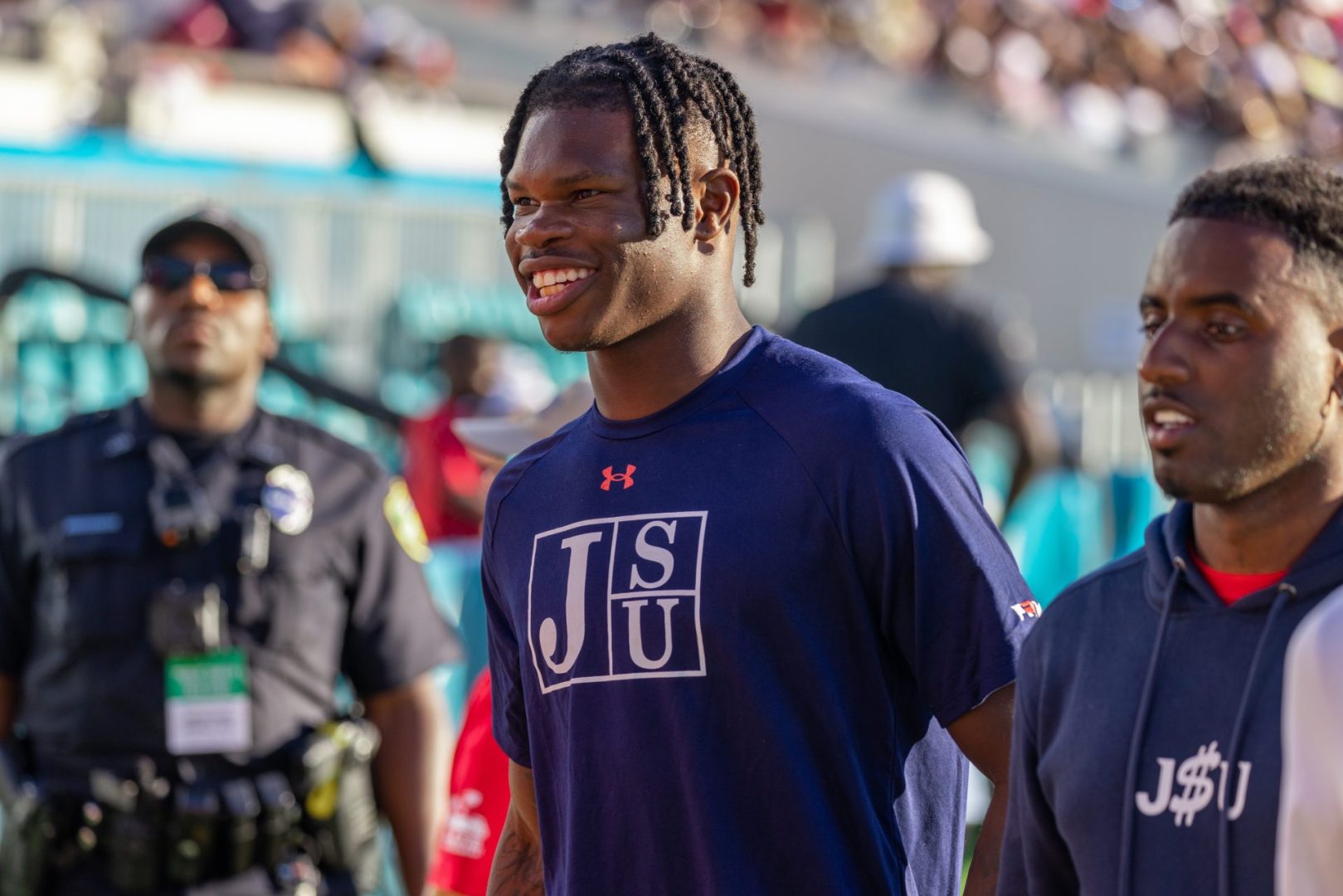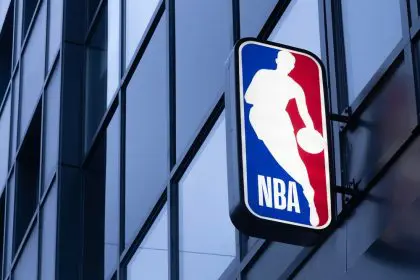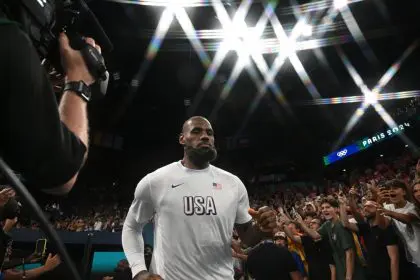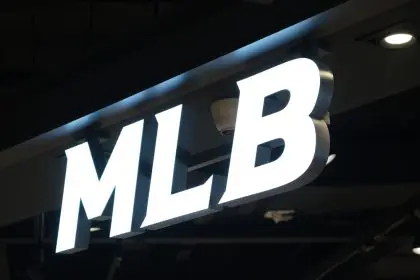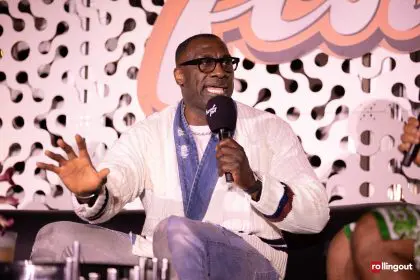Travis Hunter‘s remarkable journey at Colorado Buffaloes has positioned him as more than just a talented athlete. The two-way star’s recent comments about Name, Image, and Likeness (NIL) deals have sparked intense discussions about financial equity in college athletics, particularly following reports of former Georgia quarterback Carson Beck’s potential $10 million NIL offer from Miami. Hunter’s emergence as a vocal figure in this debate comes at a crucial time when collegiate sports are experiencing unprecedented financial transformation.
Breaking down the numbers game
In a landscape where million-dollar deals are becoming increasingly common, Hunter‘s performance statistics paint a picture of undeniable value. His dual-role contribution includes over 1,400 snaps for the Buffaloes, demonstrating exceptional versatility with 96 receptions for 1,258 yards and 16 touchdowns on offense, while recording 35 tackles, 11 pass deflections, and four interceptions on defense. These numbers not only showcase his extraordinary talent but also raise questions about the correlation between athletic performance and NIL compensation in college sports.
The financial metrics of NIL deals have created a new hierarchy within college athletics, where market value often transcends on-field performance. Hunter’s case is particularly interesting as his versatility and impact across multiple positions present a unique value proposition in the NIL marketplace. His ability to excel both as a receiver and defensive back has not only captured the attention of NFL scouts but has also highlighted the potential marketability of multi-talented athletes in the collegiate sphere.
The financial crossroads
The emergence of NIL opportunities has created a complex decision-making environment for college athletes. Hunter’s contemplation about the financial aspects of collegiate sports reflects a broader shift in how athletes approach their amateur careers. The discussion about hypothetical multi-million dollar deals underscores the growing influence of financial incentives in college athletics and raises important questions about the long-term sustainability of such arrangements.
This new financial reality has introduced unprecedented considerations for student-athletes. While the traditional path to professional sports remains important, the potential for significant NIL earnings has created alternative career trajectories. Athletes must now balance immediate financial opportunities against long-term professional development, a consideration that was largely absent in the pre-NIL era.
Evolution of collegiate athletics
The transformation of college sports through NIL deals represents a paradigm shift in how athletes approach their careers. This new era has introduced unprecedented financial opportunities, fundamentally altering the traditional pathway to professional sports. The impact extends beyond individual athletes to affect recruiting patterns, team dynamics, and the overall competitive balance in college athletics.
The ripple effects of major NIL deals are being felt across all levels of collegiate sports. Universities are adapting their programs and support systems to accommodate this new reality, while athletic departments grapple with the implications for team chemistry and program stability. The emergence of NIL collectives and the increasing involvement of external stakeholders have added layers of complexity to the collegiate athletic landscape.
Future implications
As a projected top-five pick in the upcoming NFL Draft, Hunter’s perspective on NIL deals provides valuable insight into the mindset of high-performing college athletes. His situation exemplifies the new considerations facing elite collegiate athletes: balancing immediate NIL earnings against future professional prospects, managing public perception, and navigating the complex intersection of amateur and professional sports.
The ongoing evolution of NIL policies and practices will likely continue to shape the future of college athletics. Questions about equity, opportunity, and the fundamental nature of amateur sports remain at the forefront of discussions. The experiences of athletes like Hunter serve as important case studies in understanding the broader implications of this transformative period in collegiate sports.
Reshaping traditional pathways
The emergence of substantial NIL deals is forcing a reevaluation of the traditional college-to-professional pipeline. While the NFL remains the ultimate goal for many, the financial landscape of college athletics is becoming increasingly complex. Athletes must now develop business acumen alongside their athletic skills, preparing for careers that may involve significant financial decisions well before turning professional.

